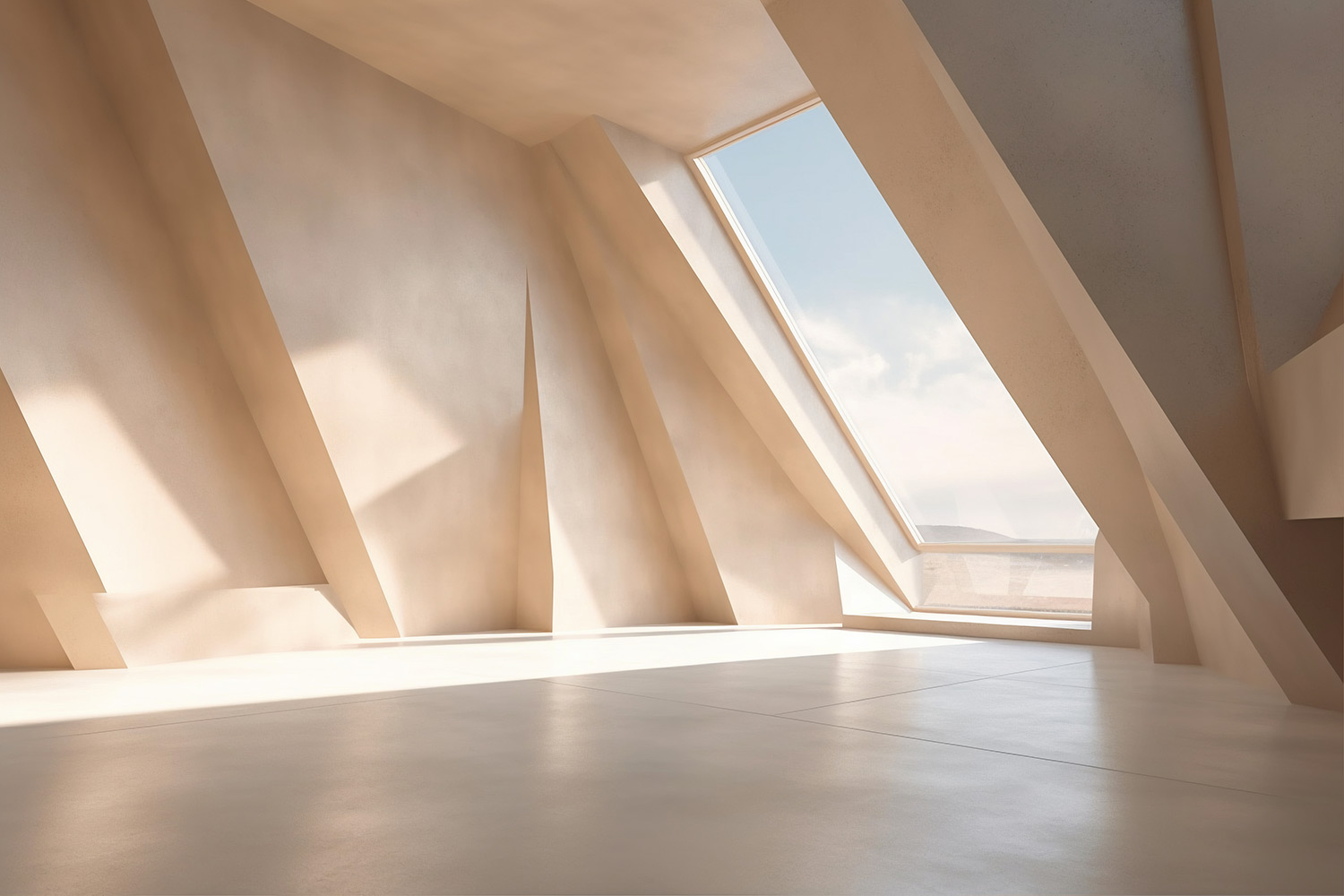There is more and more talk about respect for the environment and sustainability, especially in one of the most polluting and high-emissive sectors, construction.
Climate-sensitive architecture, or bio-architecture, a recently coined term, adopts insulating materials that maintain a stable indoor temperature, improve the indoor microclimate, blend in with the surroundings and contribute to individual and collective well-being. Against this backdrop of transformation, the focus of design is shifting towards a new centrality of nature’s needs, promoting a symbiosis that protects the environment, improves the quality of life, and enhances the very idea of public spaces.
Bio-architecture, with its positive impact on living and energy sustainability, is a fundamental solution for a future in which coexistence between man and the environment will inevitably be a priority.
What is meant by bio-architecture
Bio-architecture is a discipline that aims to design and construct buildings harmoniously with their surroundings, minimising the negative impact on the ecosystem. This approach takes inspiration from nature, seeking to imitate its processes and using sustainable materials and renewable energy.
Return to primordial origins.
For centuries, habitat adaptation to environmental conditions has been driven by survival instinct, using natural and neighbouring materials to build settlements, benefiting from the effective thermal insulation of materials such as wood, cork, rocks and clay.
Environmental problems have prompted a reconsideration of urban construction and design practices, with ecological values as a priority. Development paradigms focused on the quality of space will transform in the future.
Therefore, a change of mentality is consolidating to allow the construction of low-consumption bio-architectural residences, often breaking with established taboos, by exploiting local materials such as cork and volcanic rocks.
Characteristics of bio-architectural projects
A key element of bio-architecture is using environmentally friendly materials that are extracted, produced and disposed of in an environmentally friendly manner. For example, the use of wood from sustainably managed forests, the recycling of building materials and the use of natural insulators help reduce the environmental impact of construction.
Materials, however, are not enough. It is good to use them to reduce energy impact. For example, cork, a natural and Mediterranean material, was used as a powerful insulator for primordial dwellings. Today, thanks to companies such as Diasen, cork is used in environmentally friendly and ecological construction.
Cork is considered a bio-architectural material that makes a home more comfortable and energy efficient. Creating living spaces that require less energy for their daily operation involves using energy-efficient heating and cooling systems, installing energy-efficient windows and orienting buildings to make the most of natural light.
The new mentality in cities
Reconciling man and nature in a changing world is a complex challenge. Often, cities do not reflect the fundamentals of ecological compatibility, and buildings struggle to integrate with their surroundings. Therefore, environmental changes require a new perspective on the design of urban and rural living spaces.
Indeed, current trends point to a paradigm shift in design, with increasing ecological awareness. New bioarchitectural design models contemplate coexistence with nature, resulting in integrated buildings with the urban ecosystem.
Bioclimatic design is a key concept in bio-architecture. It involves designing buildings to maximise the location’s natural resources, such as sun, wind and vegetation. Buildings that demonstrate how it is possible to design green buildings in symbiosis with both their surroundings and their users.
The well-being of man
Environmental awareness is coming into harmony with people’s growing quest for well-being. In this context, bio-architecture is the marriage of ecology and health. An approach that is not limited to the creation of environmentally friendly structures but also takes the form of promoting the users’ physical and mental health.
For example, bio-architecture demonstrates a solid commitment to indoor air quality. Bio-architectural buildings are composed of advanced ventilation systems and materials that contribute to air purification. This not only decreases health risks from indoor pollutants but also raises people’s general vitality.
At the same time, soundproofing is another commitment to bioarchitecture. Thanks to sound-absorbing solutions such as those produced by Diasen, spaces are transformed into spaces that encourage concentration, rest and relaxation.
Diasen is at the forefront of the effort to transform construction into a green sector, attentive to the environment, beauty, health and man, with solutions that meet ecological, aesthetic and functional needs. Discover all our quality thermal and acoustic insulation products and rely on our 20 years of experience.

